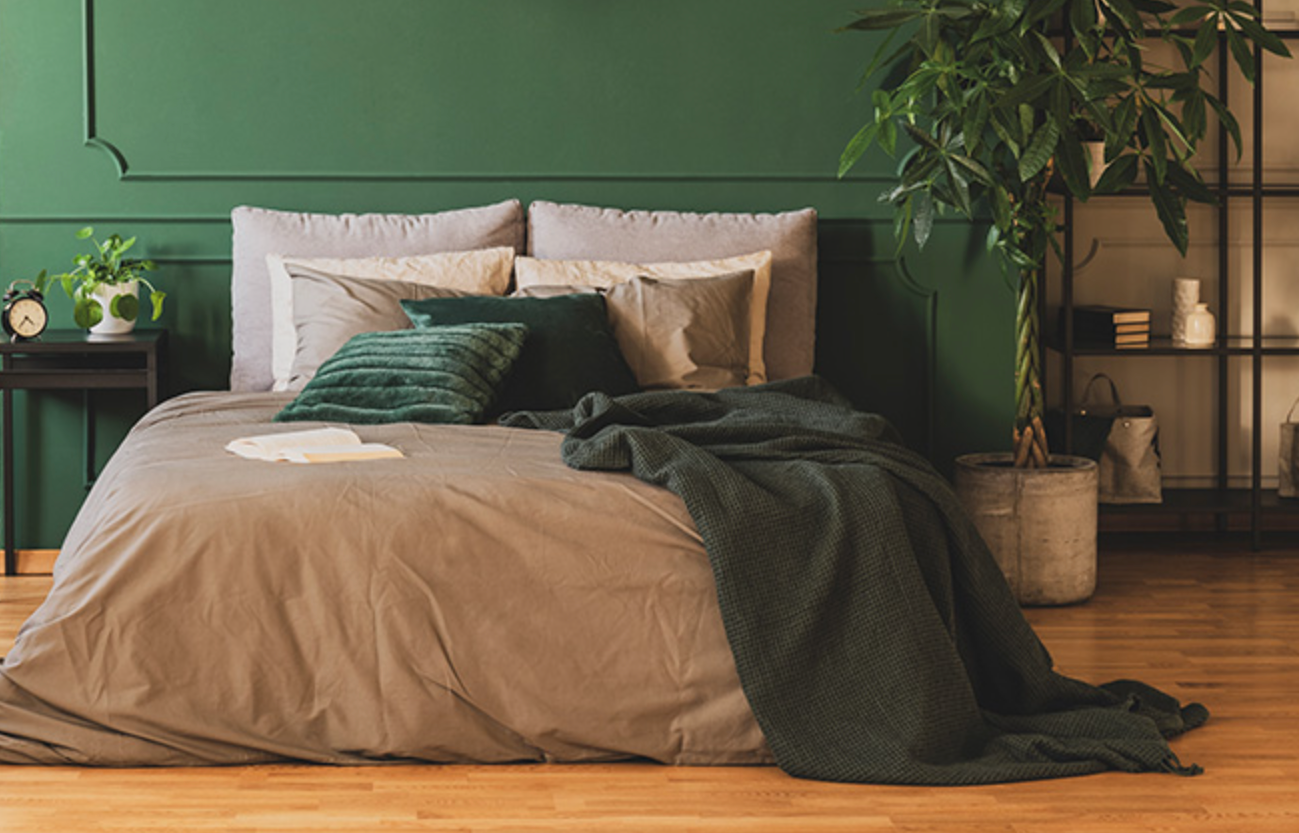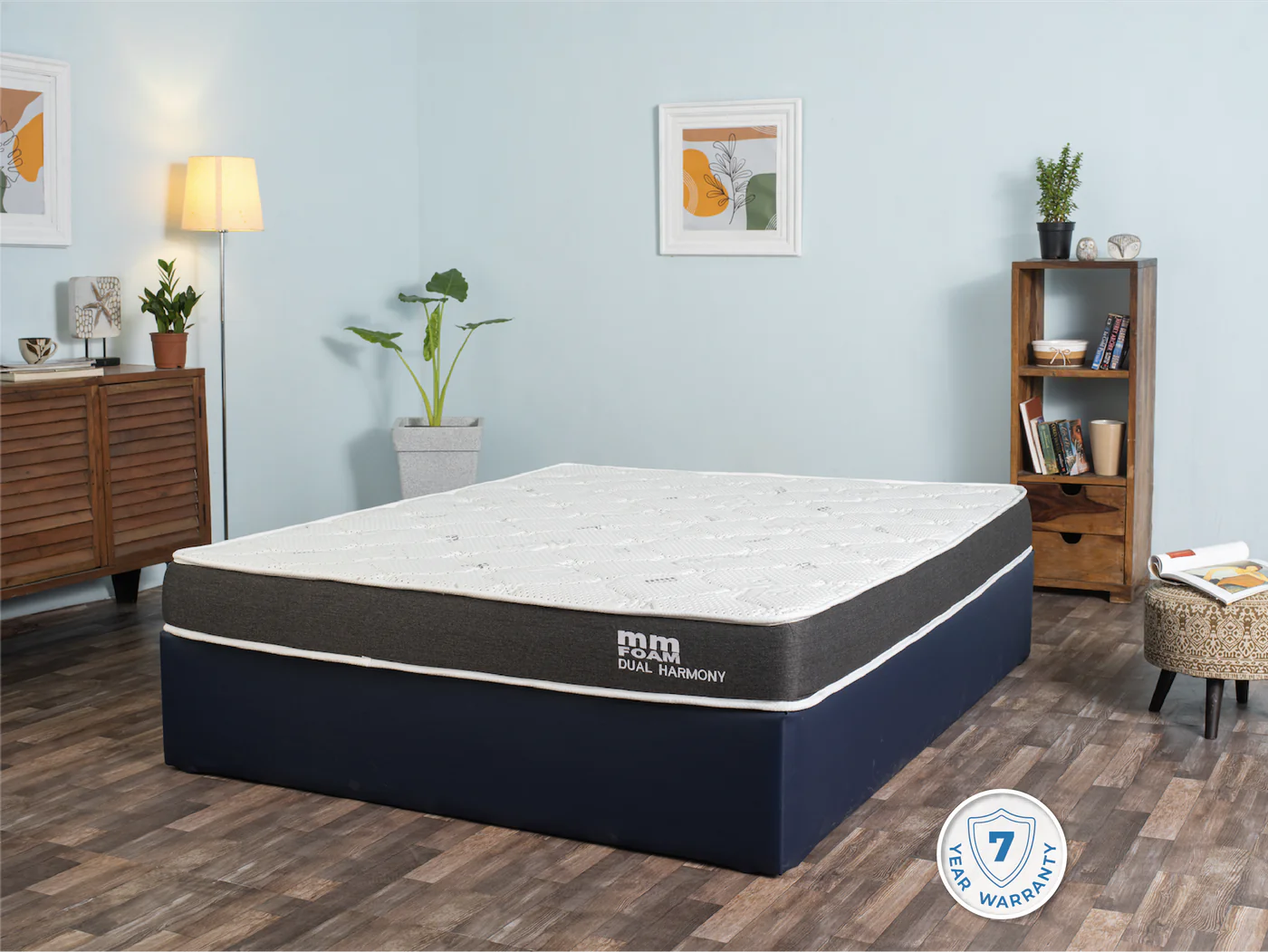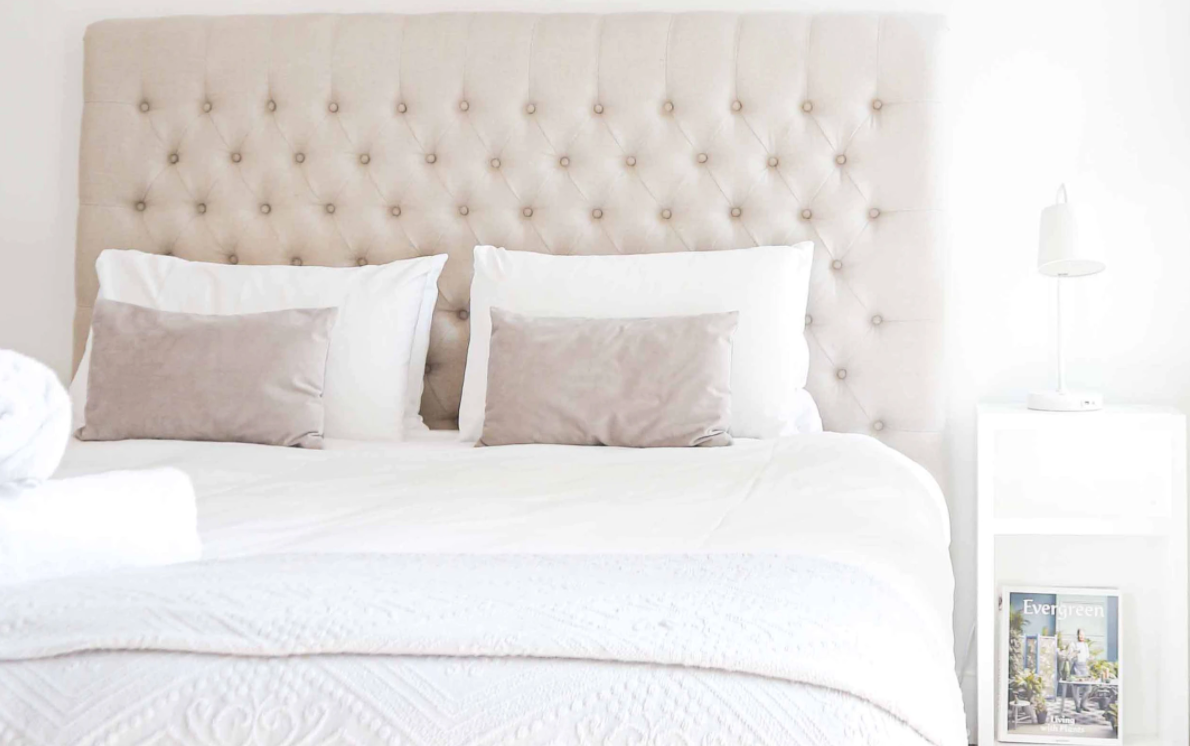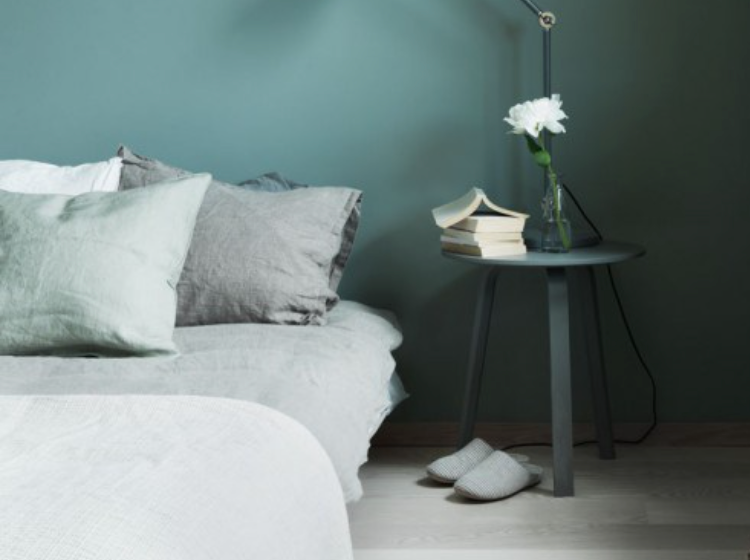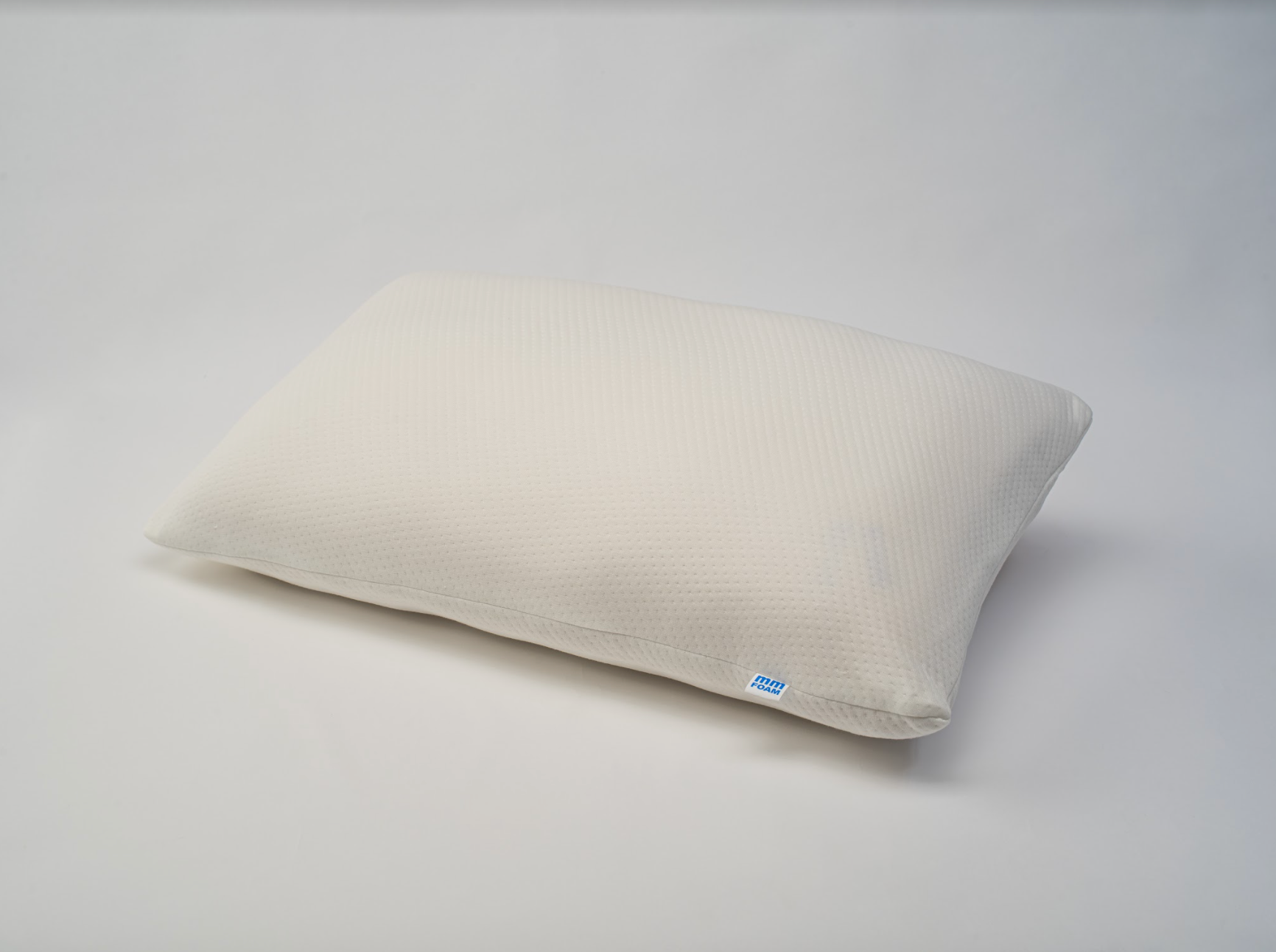Your cart is empty
Looks like you haven't added anything to your cart yet

The Ultimate Mattress Buying Guide 2022
With so many mattress options to choose from, buying a new mattress can be overwhelming. There are so many things to consider while purchasing a new mattress, such as type, material, firmness, size, benefits, warranty, budget etc. and that is why the ultimate mattress buying guide is here for you.
The right or wrong mattress can make the difference between spending the day feeling good or in pain. When we sleep, our body has a chance to repair itself, creating muscle tissue and releasing important hormones. A mattress can make or break a good night’s sleep. Start by focusing on buying the right one for you and your body.
6 Signs You Should Replace Your Mattress
1. Back Pain
If you or someone close to you is experiencing back or neck pain, you're not alone. If you have a bad back, you should buy the firmest mattress you can find -- right? Not so fast. While that used to be the common wisdom, there's no solid research behind it. To find the ideal mattress fit for you, focus on the firmness level, your sleep position, and the mattress type and materials. It's also crucial to know how your bed supports spinal alignment and promotes pressure relief.
2. Snoring
Snoring can be caused by many things, from dry air in your bedroom to obstructive sleep apnea or even from the wrong combination of the mattress with the pillow . If you or your partner snore, the mattress you choose might make a big difference in your sleep quality. A mattress that supports your spine may curb snoring by helping keep your throat and neck aligned. In addition, a mattress made of hypoallergenic materials may help deter dust mites and prevent mold and mildew, which can all trigger snoring.
3. Numbness and poor blood circulation
Many reputable mattress brands boast high-tech options that are perfect for people with numbness and circulation problems. The ideal mattresses for people who have such problems are those that evenly distribute body weight throughout the night. Some of the newer mattress models are designed with this in mind and are made of natural latex or high-density memory foam.
So, why do your arms and legs keep feeling numb when you sleep at night? Well, there are several potential causes. For healthy individuals, the main culprit of numbing arms and legs is an excess of pressure against the mattress. If you recently bought a new mattress, it could be the cause for your new mattress causing numbness. If the bed is too firm it will not provide enough pressure relief, and it can restrict circulation or put pressure on a nerve, causing numbness.
4. Sleeping better somewhere else
If you get better sleep on a hotel mattress or a friend’s guest room, your home bed might not be comfortable enough. The upper part of your mattress consists of “comfort layers” that should support your body and provide pressure relief. Comfort layers break down over time resulting in poor sleep and body aches but in some cases, your mattress choice might have been faulty from the start, and you need to replace it.
5. Waking up tired and achy
When the jingle of your alarm bell wrenches you back to consciousness, getting out of your bed is difficult enough, without the curse of an aching body. It can be due to poor mattress quality, your pillow, sleeping position or posture, lifestyle, inflammation, diet, and duration of sleep.
Given the complexity of our bodies, it can be difficult to determine the cause of certain health issues, such as body aches after sleeping. But by going over each item in this list, and ruling out as much as possible, you should have a better understanding of what is causing your body to ache in the morning, so that you can get a better night’s sleep and wake up refreshed ready to go.
6. Sagging and Lumpy Mattress
With use mattresses and pillow deteriorate over time due to normal wear and tear. This wear and tear can result in sagging or lumps. Mattresses and pillows made from soft foam and cotton tend degrade sooner than latex or spring mattresses. This is quite natural but once you begin to notice the sagging and lumps it is time to consider replacing the mattress.
How can the Ultimate Mattress Buying Guide be complete without the things that one should consider when choosing a mattress? Here are the details you need to know.
Things To Consider When Choosing A Mattress
Material
Before you buy, familiarize yourself with the most common mattress types and how they are constructed.
Spring mattresses use coils, which often provide a traditional bounce feel and strong support.
Latex mattresses typically offer more bounce and responsiveness than innerspring mattresses, and they tend to sleep cooler.
Memory foam mattresses are designed to contour to the body, which may lead to pressure relief. Some users of memory foam report that the material sleeps warm.
Hybrid mattresses combine memory foam or latex layers atop an innerspring mattress, often with the goal of providing a mix of softness and support.
Construction and Mattress Layers
All mattresses contain a Support layer, Comfort layer and Cover. These layers can contain a variety of materials, all designed to offer you a comfortable and supportive sleeping surface.
The topper is an additional layer of comfort adding plushness when you sleep and works well for those people who are looking for that extra softness and sinking feeling while sleeping.
The cover of the mattress is exactly that - the material used to cover the mattress.
The comfort layer makes up the first few inches of the mattress surface. This layer can be made up of a variety of materials of varying depths, designed to offer you a luxurious, cushioned sleeping surface. Each type of material within the comfort layer will have different properties and benefits.
The transition layer can be a single or a set of multiple thinner layers that function as a transition between two different materials or densities so as to not damage either one of the comfort or support layers when pressure is applied on the mattress. The transition layer is sandwiched in-between and helps reduce friction on the two different material types or density types.
The support layer is the main part of your mattress. This section gives your body the support it needs, and is the main contributor to how firm your mattress is.
The base layer is usually the bottom layer of a mattress and is usually the firmest, thickest layer, and has the highest density. Like a house needs a strong foundation, think of this layer as the foundation for your mattress.
You can have multiple top layers with transition layers along with multiple support layers with transition layers and multiple base layers. Look out for the materials used for these multiple layers as they usually serve a function and a purpose to address firmness, compression, and responsiveness.
Finally, full body mattresses are those made of a single material and of a single density type. The ONLY mattress that does not require multiple layers of multiple materials or densities is a full body natural latex mattress of 70 density, which naturally and inherently performs all the above functions. A smart grid mattress like Casper is the only other “unnatural” full body mattress that mimics these innate properties of natural latex mattresses.
Did you know your sleeping position matters when choosing a mattress? In this section of the Ultimate Mattress Buying Guide we focus on the sleeping position and the mattresses.
Sleeping position
Your preferred sleeping position can play a part in choosing the right mattress. Sleeping on a mattress that doesn’t offer the right support for your usual position can contribute to pain and poor sleep.
Back sleepers: If you mostly sleep on your back, softer mattresses probably won’t provide enough support to keep your spine properly aligned as you sleep. A firmer foam or hybrid mattress, which combines coils and foam, may help you get better rest.
Side sleepers: Sleeping on your side puts pressure on your shoulders and hips, so you’ll want to look for a softer mattress that cushions your body and helps relieve pressure at these key points. Many side sleepers find that natural latex and memory foam or pillow-top mattresses provide an ideal blend of comfort and support.
Stomach sleepers: Healthcare providers generally recommend stomach sleepers switch to a sleeping position that offers better health benefits. An ideal mattress for stomach sleepers should firmly support the spine. If your mattress is soft enough to sink into, you might find yourself waking up with pain and stiffness. A firm hybrid or foam mattress usually works best.
Combination sleepers: People who change positions throughout the night are considered combination sleepers. If you turn over frequently, you’ll want to make sure you can get comfortable on your mattress in any position. A medium-firm mattress may offer just the right blend of comfort and support.
Mattress Budget
Buying a mattress is an investment, an investment in your sleep; an investment in your well-being. When you spend a third of your life on a mattress, that’s about 25 to 30 years; think hard before compromising on your mattress and don’t get fooled by a cheaper mattress’s marketing gimmicks. There’s a reason why mattresses are expensive - better material, better quality, greater thickness, and better durability.
After the sleeping position, it is time to look at the mattress and its relationship with an individual’s weight. In our Ultimate Mattress Buying Guide we will now focus on the body weight and which mattress works for a particular weight.
Body Weight
Light Weight (Less than 60kg): You will want a medium-firm mattress about 5-6 firmness that doesn’t sink too much. If you are lighter than 60kg, you could go with even as low as a 4 on the firmness meter for a cushioned plush feel.
Mid Weight (65 – 90kg): If you fall in the middleweight category, you could choose the industry standard of 5-7 firmness because it provides the best support, bounce back and comfort.
Plus Size Heavy Weight (90+ kg): In this category, it is recommended to choose a firmer option to fine-tune for sinkage due to bodyweight, in turn, causing pressure points. An ideal firmness level of 5-78-10 is preferred if you fall in the heavy-weight category. You can also adjust the thickness of the mattress. It's not necessarily about going for a firmer mattress to compensate for your weight as a firmer mattress may still be firm for a heavy person. For a medium firm compression for a heavy person you need to go for a thicker mattress (usually 8-12 inches depending on budget). But, finding such a mattress for you in the market is challenging and we suggest dealing with a brand that manufactures its own mattresses as their expertise will help in determining the right bespoke mattress for you to have a goodnight’s sleep.
Allergies and medical conditions
Mattresses are where the majority of dust mites and allergens in your home live. This can wreak havoc to your allergies and if you are asthmatic. Vacuuming and cleaning your mattress regularly can help, but if you find your symptoms aren’t improving, then it’s time for a change. We recommend you to check out Natural Latex Mattresses because they are made from hypoallergenic materials and are natural. However, a minute percentage of the population is allergic to natural latex so you may want to check this before making the purchase.
You have a back or neck condition, talk to your doctor or physical therapist. You should aim for the neck and low back to be in a neutral position while lying on the mattress. This promotes good spinal alignment. While doctors are not mattress experts, they know your medical history and may have good advice from that point of view. Remember a mattress may help but is not the only remedy for any preexisting medical conditions.
Mattress Warranty
New mattresses can be costly. Besides, there’s no assurance that the one you pick will ease your chronic pain or be the right firmness for you. While you may be able to try it out in the store for a few minutes, how do you know if the decision you’re making will work for you in the long run? When you decide to buy a new mattress, look for a company that offers a money-back guarantee. That way, you can test drive your bed for 30 days or more, knowing that you can return the mattress if you’re not satisfied. But be sure to read the fine print — the money-back guarantee may only apply to certain mattress brands in the store.
Before You Purchase a Mattress
Watch out for mattress advertising gimmicks
While sellers will label mattresses as "orthopedic" or "medically-approved," there is no medical organization that officially certifies mattresses to carry these labels. Mattresses may have orthopedic-friendly features, but no medical group verifies these claims.
Read reviews from real customers
Pay little attention to what mattress companies say about themselves, as they have to market their own products in a positive light. Seek out unbiased reviews from people who have purchased the mattress you are interested in. Read a mix of positive, negative, and neutral reviews.
Be aware that firm mattresses aren't always best
Think twice before buying a hard or firm mattress. Some research has shown that the best mattress for low back pain is a medium firm mattress rather than a firm mattress. There is a difference between firm support and firm feel. You want firm support with a comfortable feel. Comfort will be determined by your personal preference.
Visit an experience centre and try it
Reading about various mattresses can be confusing. They all seem good, but how to pick the one that is perfect for you? The easiest way is to visit an experience centre. Most mattress companies have a dedicated experience centre, where you can try the different mattresses of a particular brand. Spend some time to experience the feel and the comfort before you complete the purchase.
Look for return policies
Many mattress companies have a trial period, guaranteeing free returns within a certain time frame if you are unsatisfied with their product. Make sure you read the fine print and understand all the details.
- Choosing a selection results in a full page refresh.

